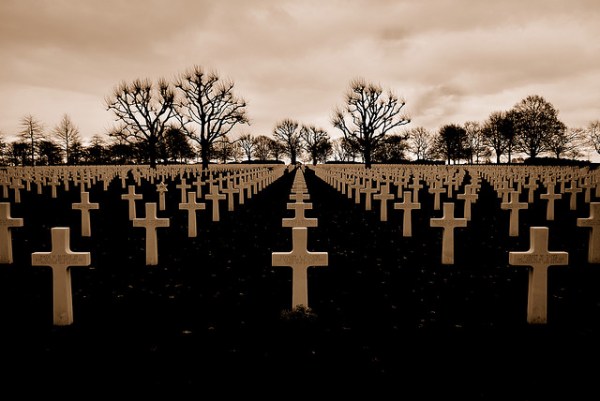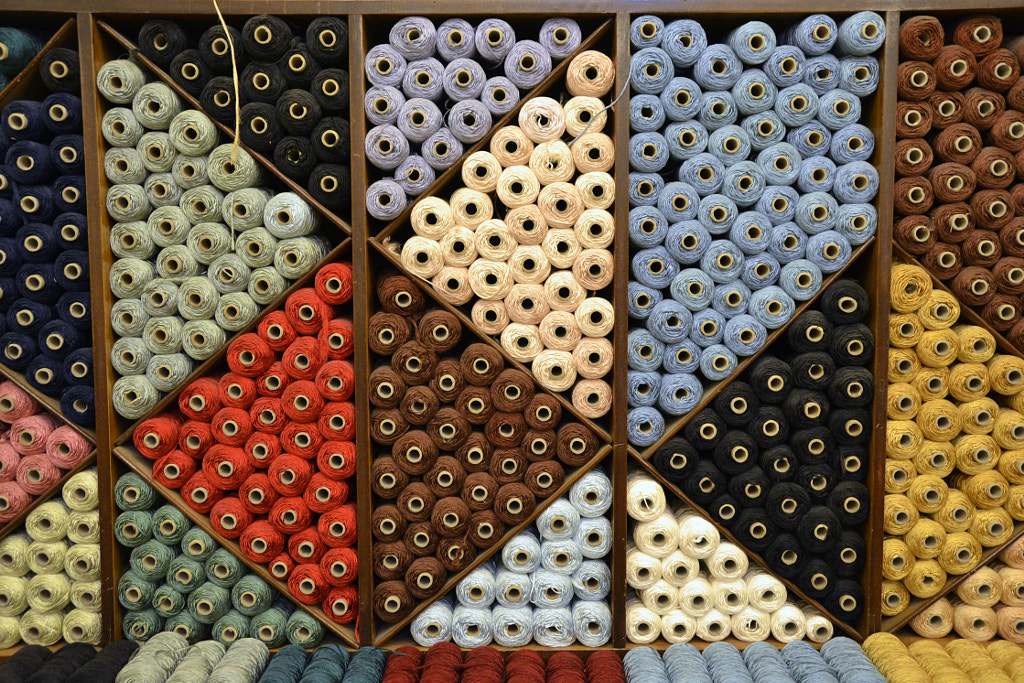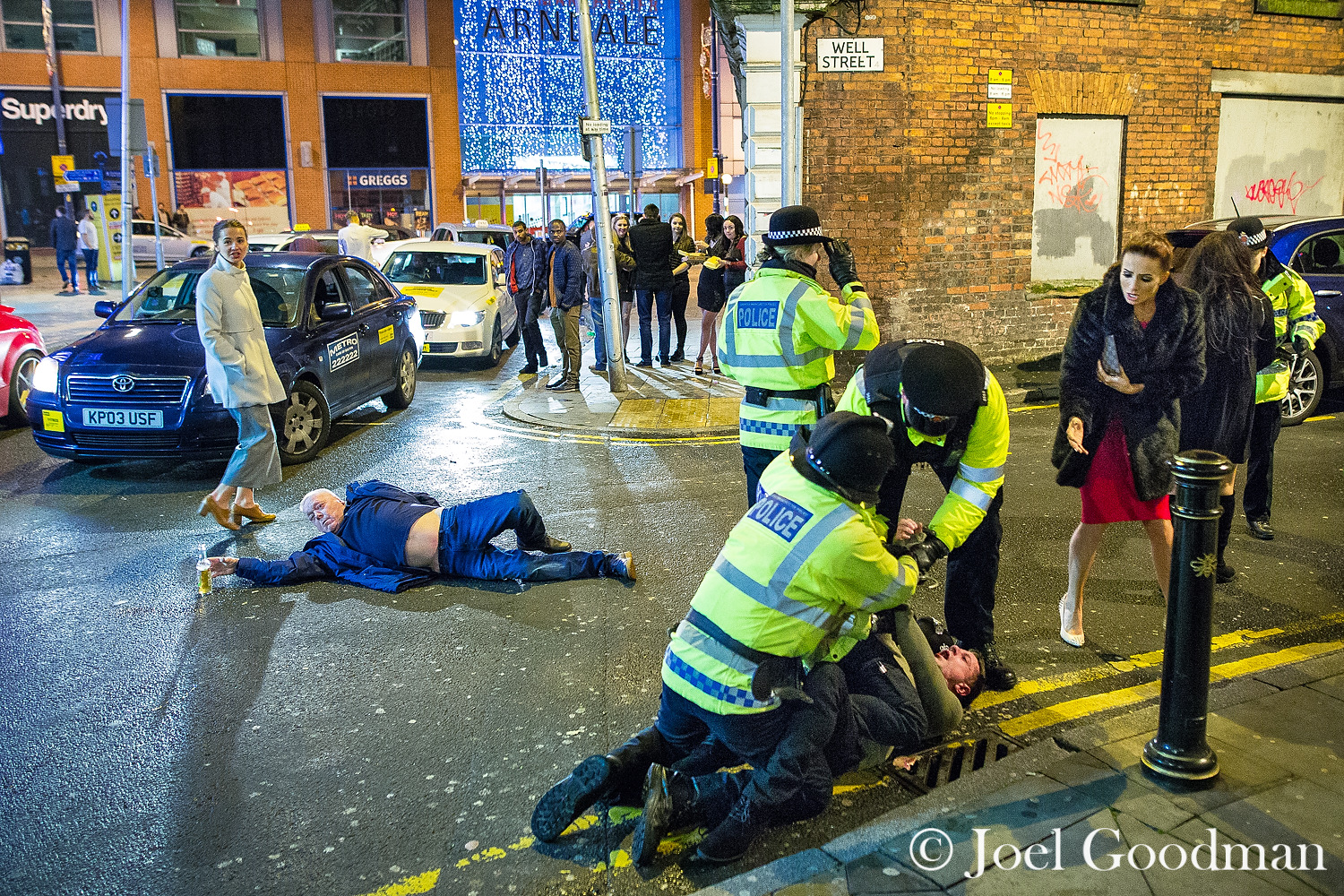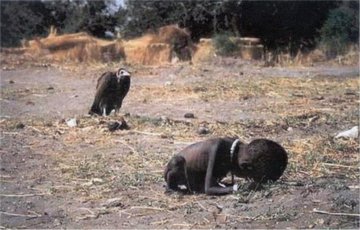Intro to Radio Reporting

Photo by Youth Radio
For your radio stories, you’ll be creating something called a wrap: a scripted feature with narration, natural sounds, and sound bites all woven together.
Sample wrap.
Sample radio script.
Here are some basics you’ll want to keep in mind as you set out to collect sound:
Choose your environment wisely. Be aware of your surroundings. If you interview someone under a subway track, your recording will be impossible to understand. Pick a relatively quiet space. A little background noise is fine and adds atmosphere – except for music. Music makes editing difficult, so avoid it if possible.
Check your batteries beforehand. It’s a real bummer when you start interviewing someone and realize you only have ten minutes of life left on your recorder or phone. Bring backups!
Cell phones off. Yours and theirs. If you’re using your phone to record, make sure it’s set to silent.
Don’t forget your nats. Natural sound is a crucial element of any audio piece. Think about what sounds will most effectively place your listener in the scene. Footsteps, dishes clinking, phones ringing. Don’t be afraid to get in there and get close. Music is fine to use as a nat sound, but not as background to an interview. It will mess up your ability to edit.
Don’t forget your ambi. “Ambi” refers to ambient sound, also known as room tone. Basically, this is the background noise from wherever you happen to conduct your interviews. Even if you record in a very quiet place, nothing still usually sounds like something because of how the acoustics vary in different rooms. Before or after every interview, always record 90 seconds to two minutes of ambi. This will go under your narration to make the story feel seamless.
Ask open-ended questions. Yes or no questions won’t give you good long responses filled with usable quotes.
Get close, but not too close. Putting a mic right up against someone’s mouth can result in popping and crackling sounds on the recording. Make sure to test your equipment so you know roughly where to hold your recorder for optimal sound quality.
Ask your question, then shut up. Active listening is a fantastic skill for a journalist to have, but if you keep murmuring “Uh-huh,” “Yeah,” and “Sure,” while they’re answering your questions, you won’t be able to use the material. Stick with smiling and nodding.
Using an audio recorder. Always monitor your sound with headphones while recording, if possible. Hold the mic 1-2 feet from the interviewee’s mouth. Never let the person you’re interviewing hold it. Use the handle to reduce handling noise.
A couple more radio stories:
Example of a clever host intro: Scottish town wants its witch bones back
A small town in Italy offers houses for sale for less than an espresso
Upcoming dates:
Monday 10/7: Pitches due for radio stories. During Monday’s class, I’ll give a quick tutorial on using the Zoom audio recorders and then we’ll workshop your pitches.
Scripts for the radio piece will be due Wednesday, October 23.
Final produced radio story will be due Wednesday, October 30.
Guidelines for radio pitches:
Assignment #2 will be a 5-minute news radio feature (a “wrap”). A wrap is a scripted radio piece that weaves together natural sounds, interview clips (known as “actualities”), and reporter narration to tell a story.
These are the components you are required to submit for the final draft:
- A good headline/title.
- Your final 4-5 minute edited audio file, posted to Soundcloud and embedded on the blog or on Exposure.
- At least one photo.
- A slightly reworked version of the script that reads like a normal news story, similar to the above examples.




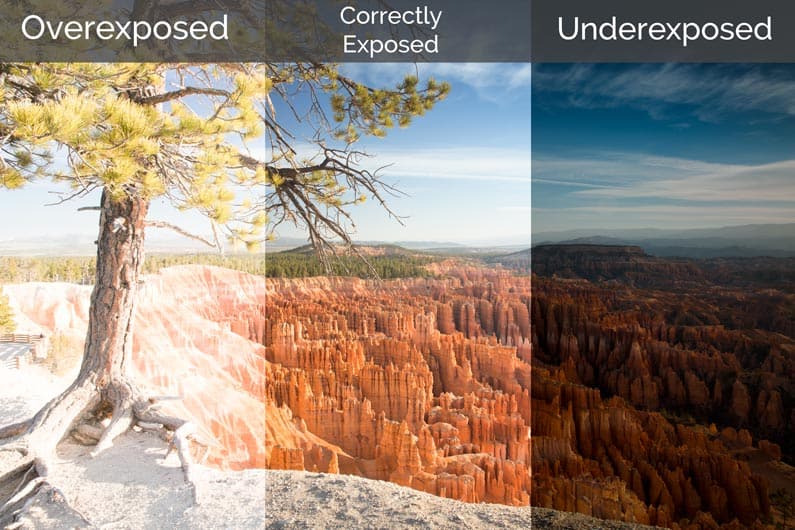
 Credit:
Credit: 

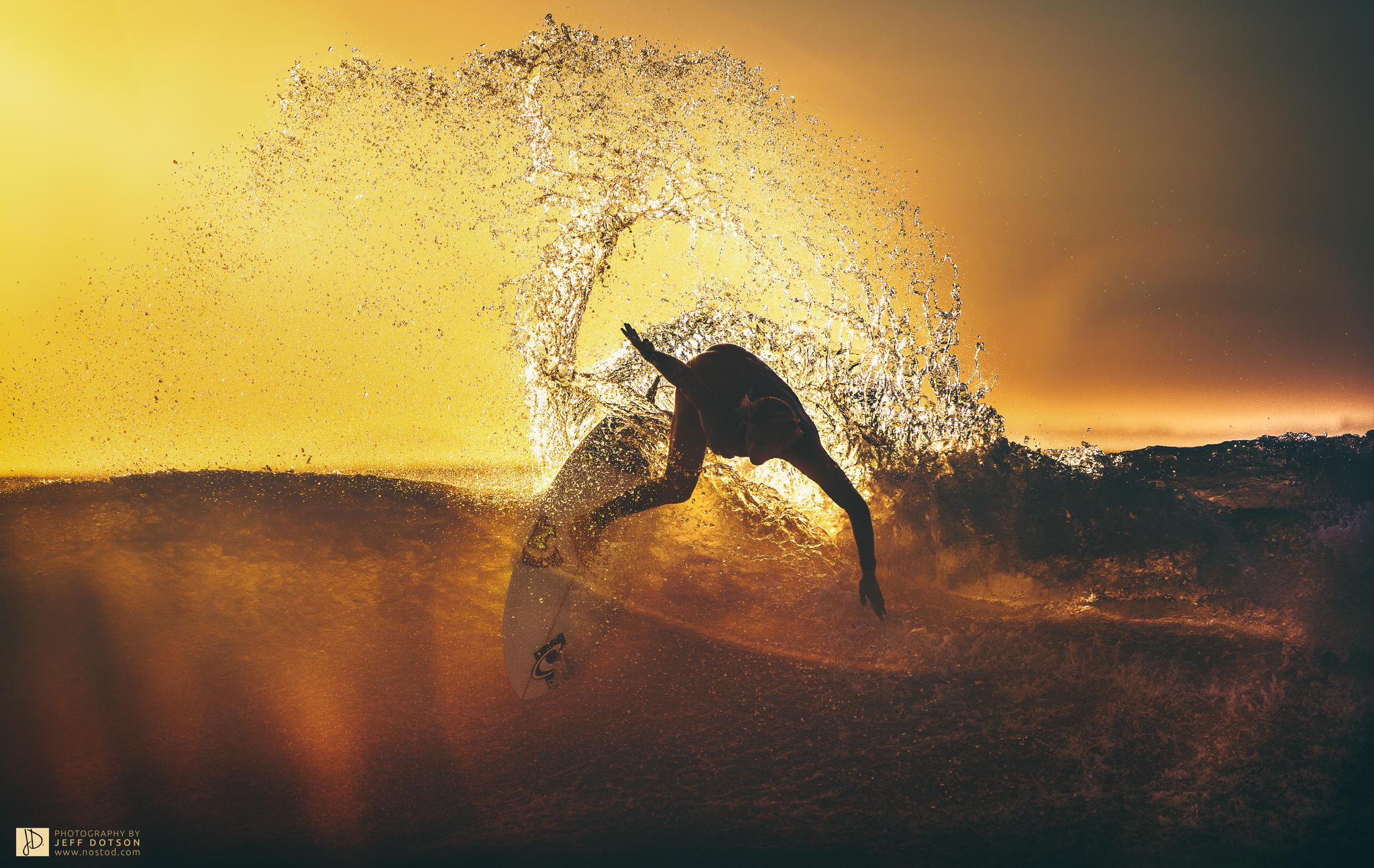









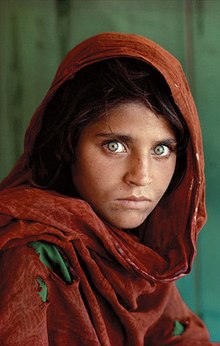
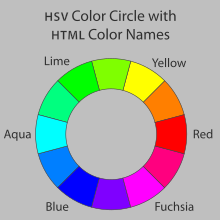

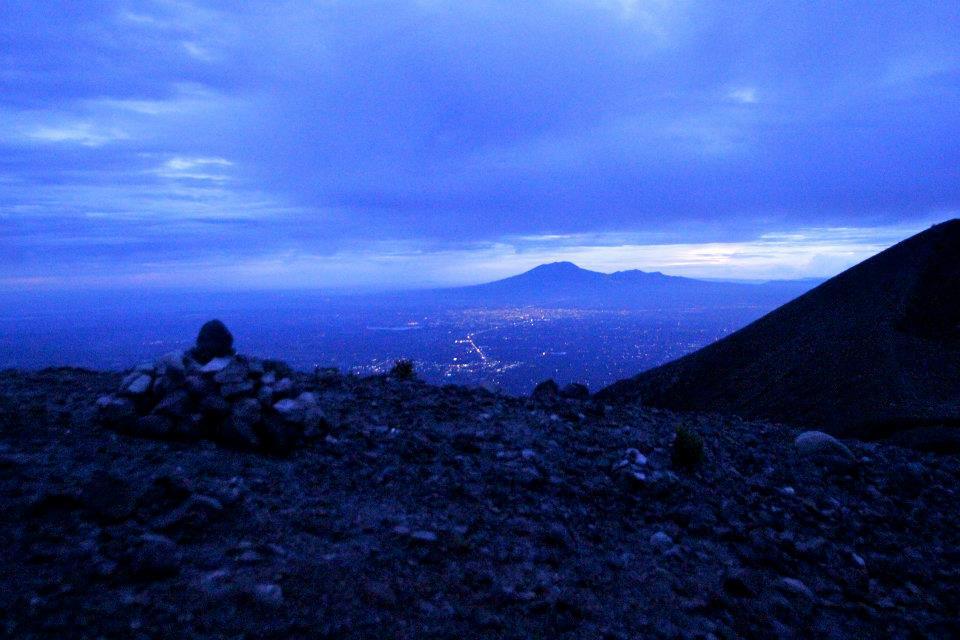

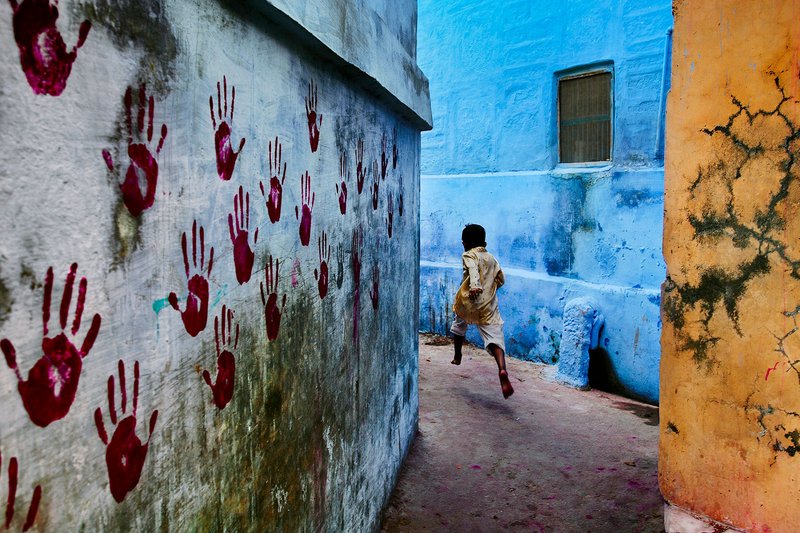
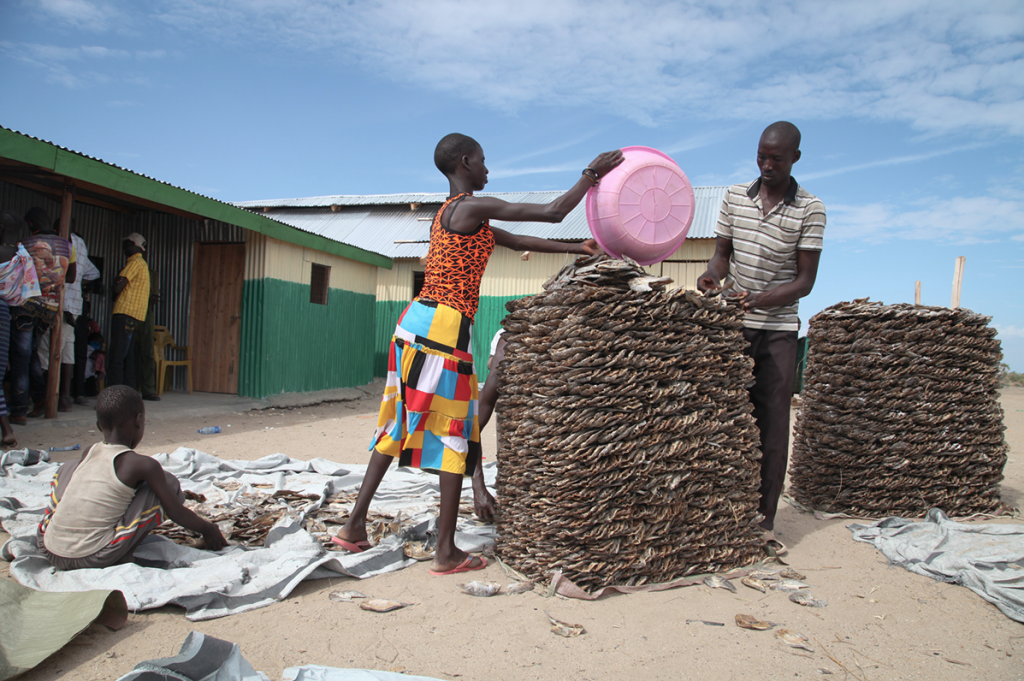
 And my own photo just this past weekend:
And my own photo just this past weekend:
